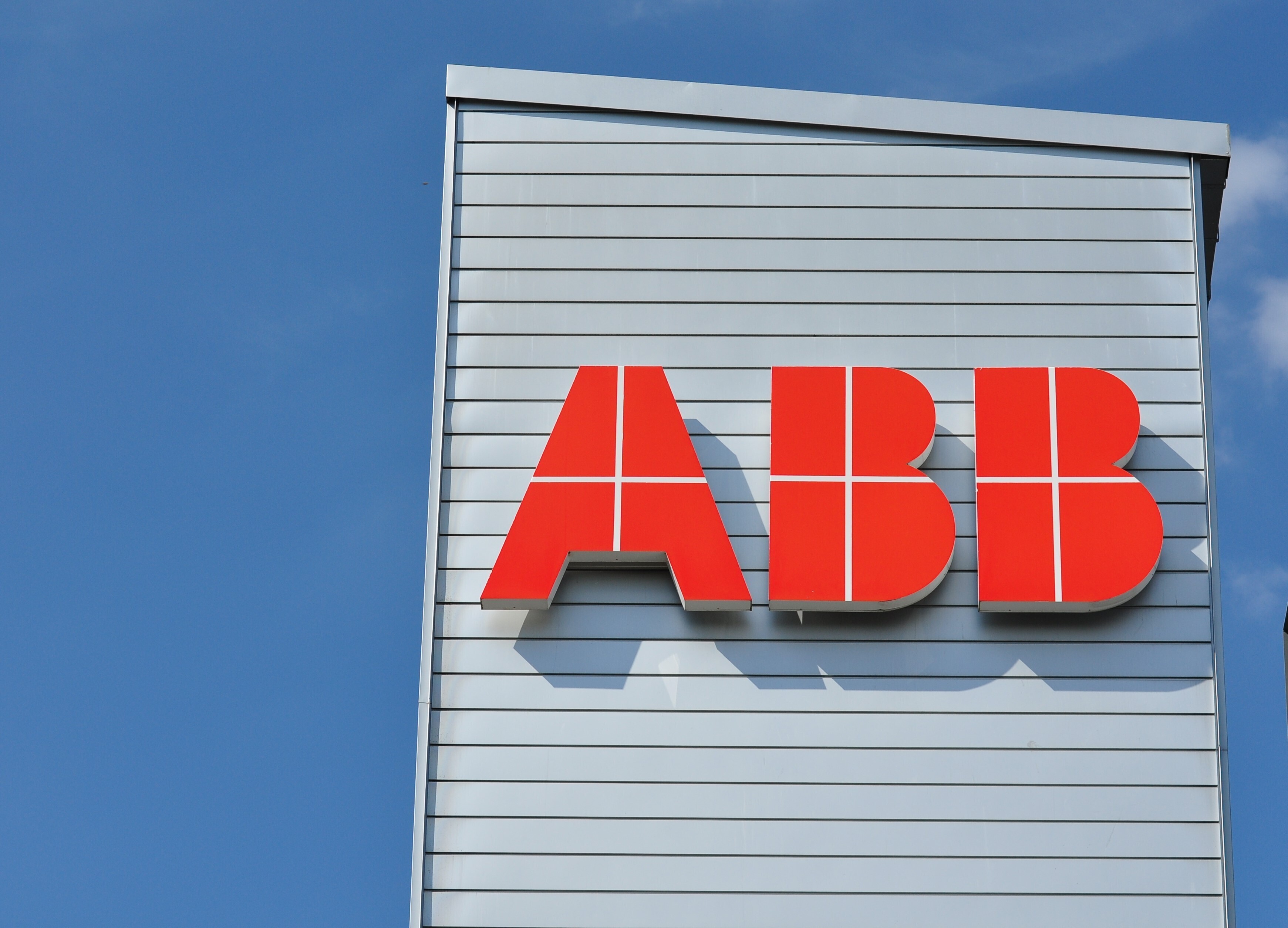

ABB, which offers a comprehensive range of products and services that address the aluminium industry's challenges from raw material processing to final product delivery, has identified some trends that will impact the aluminium sector in 2025 and beyond.

Producing recycled secondary aluminium from scrap metal has tremendous potential for decarbonising the aluminium industry. At the same time, the increased use of innovative digital technologies can boost quality and reduce waste, as well as address a growing skills shortage.
Trend 1 -The shift to secondary aluminium has tremendous potential as companies look to decarbonise their operations
Rising demands for everything from electric vehicles and packaging to the infrastructure needed for renewable electricity are set to increase global aluminium production by 40 per cent by 20301. However, meeting this demand without changing the way aluminium is produced is unsustainable. Today producing just one tonne of primary aluminium generates greenhouse gas emissions of 16 tonnes CO2e2.
Primary aluminium currently accounts for around 70 per cent of the world’s aluminium production3. Various energy-intensive processes, including refining aluminium oxide from bauxite ore and then smelting it to produce pure aluminium, make primary aluminium production a significant emitter of greenhouse gases.
At the same time, around 75 per cent of the aluminium ever produced is still in use4, representing a huge source of potentially recyclable material. Using scrap as a feedstock for secondary aluminium production offers massive potential, with up to 95 per cent of direct CO2 emissions saved compared to primary aluminum5. The International Energy Agency expects the share of secondary aluminium production to reach 42 per cent by 2030.6
Marko Sydanlammi, Global Product Line Manager of Flatness Systems, ABB Measurement & Analytics, said, “We have the technologies for optimising the performance of both primary and secondary aluminium production processes.”
“Solutions for flatness, tension, and roll force measurement, for example, ensure that aluminium is produced to the right tolerances regardless of whether it is made from scratch or scrap.”
Trend 2 - Increased use of innovative digital technologies in aluminium production can boost quality and reduce waste, as well as address a growing skills shortage
Ongoing developments in digital technology, both at the factory floor and control room level, offer expanded possibilities for aluminium producers to gather, analyse, and utilise their production data. The wider adoption of sensors using Industrial Internet of Things (IIoT) technology has increased the scope for collecting and relaying a broad range of data that can be used to monitor production performance in real time.
Tarun Mathur, Global Portfolio and Sales Manager Digital, Metals Industry, ABB Process Industries, said, “Digitalisation will play an increasing role in helping to minimise the risk of errors that can impact quality and generate excessive waste during aluminium production.”
“When coupled with the analytical capabilities offered by edge and cloud technologies, producers will increasingly benefit from using big data to spot problem areas and optimise production and sustainability through reduced waste and improved energy performance.”
By enabling operators to do more with their data with less effort, developments in sensing and control technologies can also help producers urgently address the problem of a growing skills shortage caused by experienced workers retiring faster than they can be replaced.
Cyber security will also become a priority as more production plants embrace digitalisation.
Source:
1International Aluminium Institute (2022) - Opportunities for aluminium in a post-Covid economy.
2Carbon Chain (2022) – Understand your aluminium emissions.
3World Economic Forum (2023) – Aluminium demand will rise by 40% by 2030. Here’s how to make it sustainable.
4International Aluminium Institute (2022) - Opportunities for aluminium in a post-Covid economy.
5International Aluminium Institute (2022) - Opportunities for aluminium in a post-Covid economy.
6International Energy Agency (2023) – Net Zero Roadmap.
Responses








